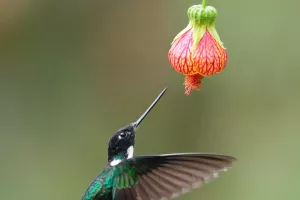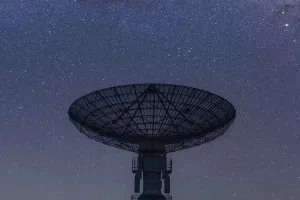For centuries, flowers have been more than just beautiful decorations; they've been messengers, conveying emotions and meanings without the need for words.
The secret language of flowers, also known as floriography, allowed people to express feelings like love, grief, or admiration simply by choosing the right bloom.
A Tale of Roses: Symbolism Through Conflict
In England, the red and white roses became powerful symbols during a period of intense political rivalry. The red rose stood for one side, the white for the other, marking a long struggle for control and influence. To this day, roses continue to symbolize not only romance but also the complexity of human relationships and conflicts.
Ancient Cultures and the Power of Flowers
Even in ancient cultures, flowers held a special place in rituals and traditions. In Ancient Greece, certain flowers were linked to myths and important figures, representing attributes like beauty, wisdom, and rebirth. For example, the laurel wreath symbolized victory, while the narcissus flower represented self-reflection and vanity.
The Victorians: Masters of the Floral Code
During the Victorian era, the language of flowers truly blossomed. Strict social etiquette made it difficult for people to express their emotions openly, so bouquets became the perfect way to send a secret message. If you wanted to declare your love, you might send red roses. If you were seeking forgiveness, perhaps a bouquet of white lilies would do the trick. Each flower, even down to its color, carried specific meanings that were widely understood.
Popular Flower Meanings
Red Roses: Passionate love and desire.
White Roses: Purity and innocence, often used in weddings to signify a fresh start and deep commitment.
Lilies: Elegance, beauty, and the journey from one life stage to another.
Sunflowers: Loyalty and admiration, their bright yellow petals mirroring the sun’s warmth and positivity.
Violets: Modesty and humility, quietly beautiful and unassuming.
Flowers as Timeless Messengers
Although the use of floriography has faded, its impact is still present today. Flowers continue to play a key role in weddings, birthdays, and even moments of grief, offering comfort and expressing feelings that words sometimes can’t. The modern resurgence of flower tattoos also shows how people still seek personal meaning through specific floral symbols.
In today’s fast-paced world, where digital communication dominates, the subtle charm of using flowers to express emotions offers a timeless, meaningful alternative. Next time you give someone a bouquet, consider the message each flower holds, and let your gift speak for itself.
The language of flowers has empowered people for generations to convey their most profound emotions. Whether expressing love, gratitude, or sorrow, flowers continue to "speak" in ways that words often cannot. Their silent symbolism connects us to a time when a single bloom could carry the weight of an entire message, and their beauty remains an enduring expression of emotion.


